Travel Guide, Ha Giang Loop
Ha Giang vs Ninh Binh: Which Destinations Suits You Best?
Vietnam, a country renowned for its breathtaking landscapes and rich cultural tapestry, offers a myriad of destinations that cater to a diverse array of travel preferences. Among these, Ha Giang and Ninh Binh stand out as two contrasting yet equally captivating regions. While both offer unique glimpses into Vietnam’s natural beauty and cultural heritage, they present vastly different experiences to their visitors. This comparison delves into the distinct characteristics of Ha Giang vs Ninh Binh, highlighting their geography, cultural significance, key attractions, and overall tourism experience, providing insights to help travelers choose their next Vietnamese adventure.
Geography and Landscape
Ha Giang
The geography of Ha Giang is one of Vietnam’s most dramatic and spectacular landscapes. Located in the far northern part of the country, Ha Giang province is characterized by its rugged terrain and high altitude. The area is known for its stunning mountainous landscapes, which include high limestone peaks, deep canyons, and steep, terraced hillsides. These features are a result of the region’s geological history, which has been shaped by tectonic activities over millions of years.
The most iconic geographical feature of Ha Giang is the Dong Van Karst Plateau, a UNESCO Global Geopark. This plateau is made up of over 80% limestone and features a variety of karst formations such as towers, arches, and deep valleys. The Ma Pi Leng Pass, one of Vietnam’s most famous mountain passes, offers breathtaking views of these karst landscapes, particularly over the Nho Que River gorge, which is a narrow, deep river canyon.
In addition to its rocky terrain, Ha Giang is also known for its biological diversity. The high altitude and the range of microclimates across the province create habitats for a variety of flora and fauna, some of which are endemic to the region. Terraced rice fields, particularly in the Hoang Su Phi district, add to the area’s stunning visual appeal. These terraces, carved out of the mountainsides by local farmers over centuries, change color with the seasons, from bright green to golden yellow, offering a mesmerizing landscape.
Ninh Binh
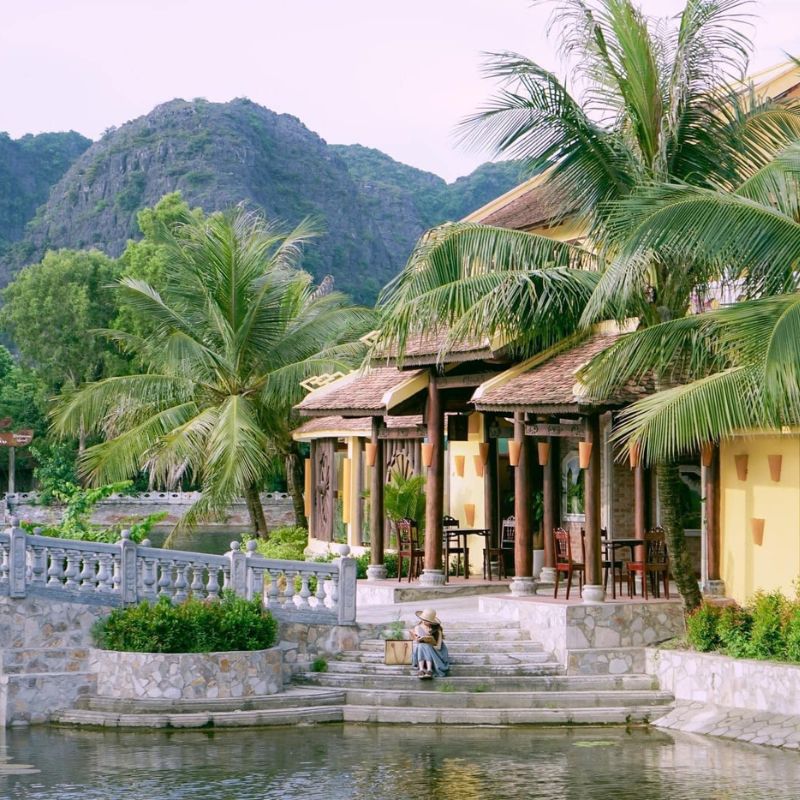
Ninh Binh, in contrast, offers a gentler yet equally captivating landscape in the Red River Delta of Northern Vietnam. The region’s topography is marked by stunning limestone karsts, similar to those in Ha Giang, but set in a more lush and verdant environment. These towering karsts rise dramatically from the flat rice paddies and gentle rivers, creating a striking visual contrast.
The most famous aspect of Ninh Binh’s landscape is its nickname “Halong Bay on Land.” This comparison stems from the similar limestone karst formations found in both areas. However, while Halong Bay’s karsts are set in the sea, Ninh Binh’s are surrounded by rice fields and intersected by rivers. The Trang An Scenic Landscape Complex, a UNESCO World Heritage site in Ninh Binh, exemplifies this unique landscape. It features a series of interconnected caves and riverways that weave through the limestone mountains, making it a popular destination for boat tours.
Another notable geographical feature in Ninh Binh is the Tam Coc area, known for its three natural caves that stretch along the Ngo Dong River. The river runs through rice fields and karst towers, offering a serene and picturesque setting. Additionally, the Mua Cave area provides panoramic views of the landscape, showcasing the harmonious blend of the region’s natural and agricultural elements.
Cultural Significance
Ha Giang
Ha Giang’s cultural significance is deeply rooted in its diverse ethnic composition and rich historical heritage. This remote region is home to a variety of ethnic minority groups, including the H’Mong, Tay, Dao, and Giay, each preserving their unique traditions, languages, and lifestyles. These communities live mostly in small, remote villages scattered throughout the mountains and valleys, often accessible only by narrow, winding roads.
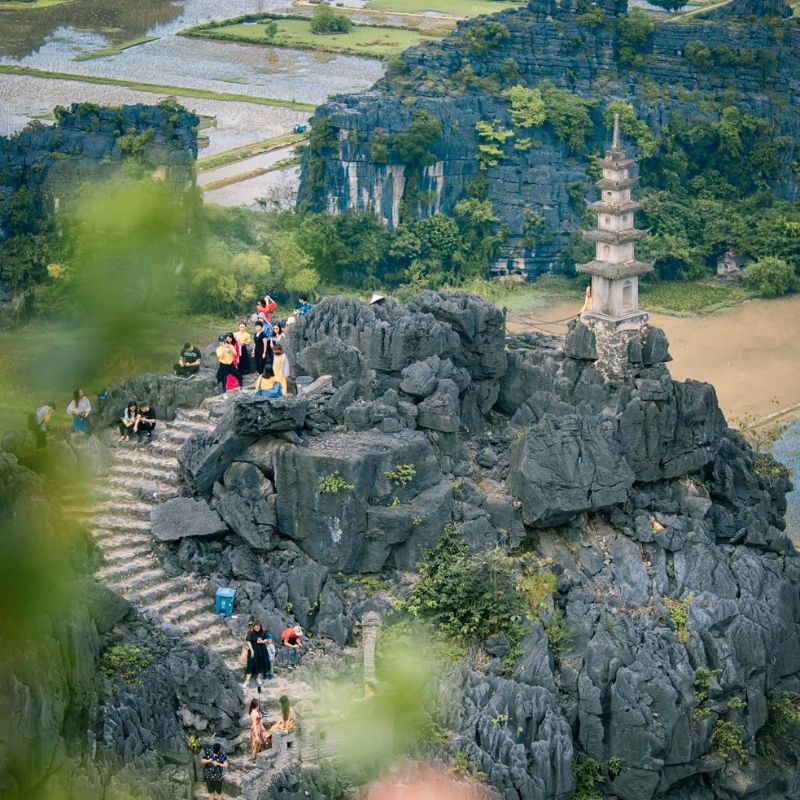
One of the most distinctive cultural aspects of Ha Giang is the colorful clothing worn by the local people, particularly the H’Mong. Their traditional attire, often hand-embroidered with intricate patterns, is a vital part of their cultural identity and is prominently displayed during local festivals and markets. These markets, such as the Dong Van Sunday Market, are not just commercial hubs but also important social gatherings where different ethnic groups meet, trade, and maintain social ties.
Festivals and rituals in Ha Giang also reflect the rich cultural tapestry of the area. They range from the vibrant Gau Tao festival of the H’Mong, which is a celebration of prosperity and good health, to the Long Tong Festival of the Tay people, a ritual to pray for favorable weather and abundant crops. These festivals often feature traditional music, dance, and games, providing a glimpse into the rich cultural heritage of the region.
Ninh Binh
Ninh Binh, often referred to as “the Ancient Capital,” holds a special place in Vietnam’s history. It was the capital of Vietnam in the 10th century under the Dinh and Le dynasties. This historical period was crucial in establishing the nation’s independence after centuries of Chinese rule. The remnants of this era, including temples, pagodas, and royal palaces, are scattered throughout the region, most notably in the ancient capital of Hoa Lu. These sites are not only of historical importance but also provide insights into the architectural and artistic achievements of the time.
The Bai Dinh Pagoda, the largest complex of Buddhist temples in Vietnam, is located in Ninh Binh. This site blends historical significance with religious reverence, attracting both pilgrims and tourists. The complex includes both ancient and newly constructed temples, showcasing a mix of traditional and contemporary Buddhist architecture. It’s also known for housing several records, such as the largest bronze Buddha statue in Southeast Asia.
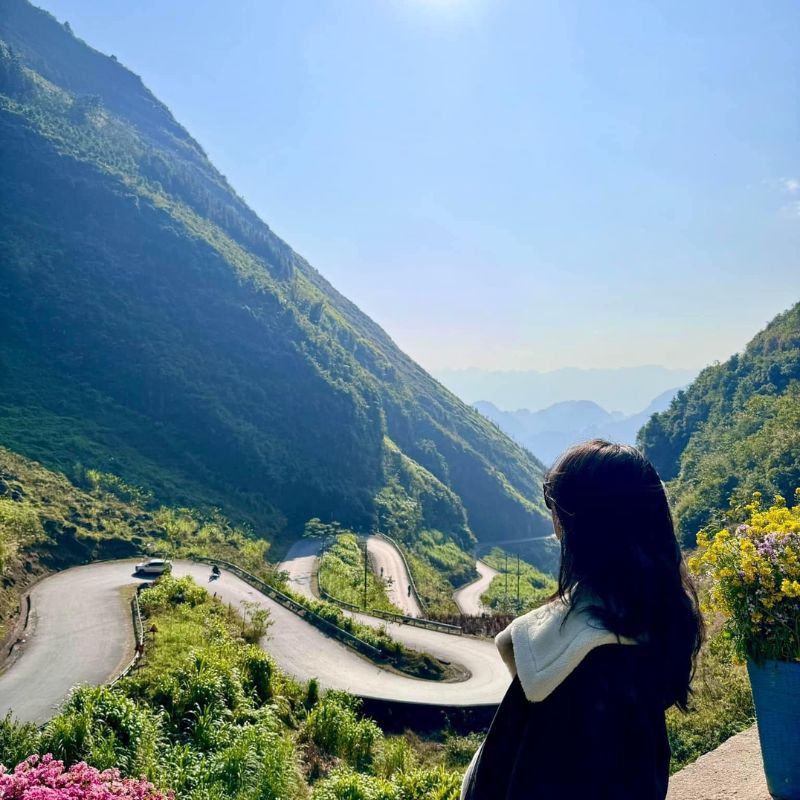
Another aspect of Ninh Binh’s cultural significance is its connection to the movie industry, with several films, including the blockbuster “Kong: Skull Island,” being shot in the stunning landscapes of Trang An and Tam Coc. These sites have gained international recognition, highlighting the region’s natural beauty and cultural heritage.
In addition to its historical and cinematic significance, Ninh Binh is also known for its rural culture, which is deeply connected to the land and rivers. The region’s agriculture, particularly rice farming, shapes the daily life and traditions of its people. This connection to the land is celebrated in local festivals and customs, such as the traditional boat racing festival in Tam Coc.
Key Attractions
Ha Giang
Ma Pi Leng Pass: One of the most stunning features in Ha Giang, the Ma Pi Leng Pass, is often referred to as the “king of the Vietnamese mountain passes.” It’s part of the famous “Happiness Road” that connects Ha Giang, Dong Van, and Meo Vac. The pass is renowned for its breathtaking views, with sheer cliffs and deep gorges. The road winds through the mountains, offering panoramic views of the Nho Que River and the surrounding karst plateau landscape. It’s a particularly popular destination for motorbike enthusiasts, offering a thrilling ride and unparalleled scenic beauty.
Dong Van Karst Plateau Geopark: Recognized as a UNESCO Global Geopark, the Dong Van Karst Plateau is an area of immense geological and cultural interest. The park spans four districts of Ha Giang province and is characterized by its unique limestone landscapes and rich biodiversity. Visitors can explore deep valleys, high peaks, and numerous caves, all showcasing millions of years of Earth’s history. The geopark is also home to various ethnic minorities, offering insights into their traditional lifestyles and cultures.
Lung Cu Flag Tower: Symbolizing Vietnam’s sovereignty, the Lung Cu Flag Tower is located in Lung Cu commune, marking the northernmost point of Vietnam. The tower stands atop Dragon Mountain and is a significant national monument. Visitors can climb the tower to see a large Vietnamese flag waving at its top and enjoy a panoramic view of the surrounding landscapes, including terraced rice fields and traditional villages.
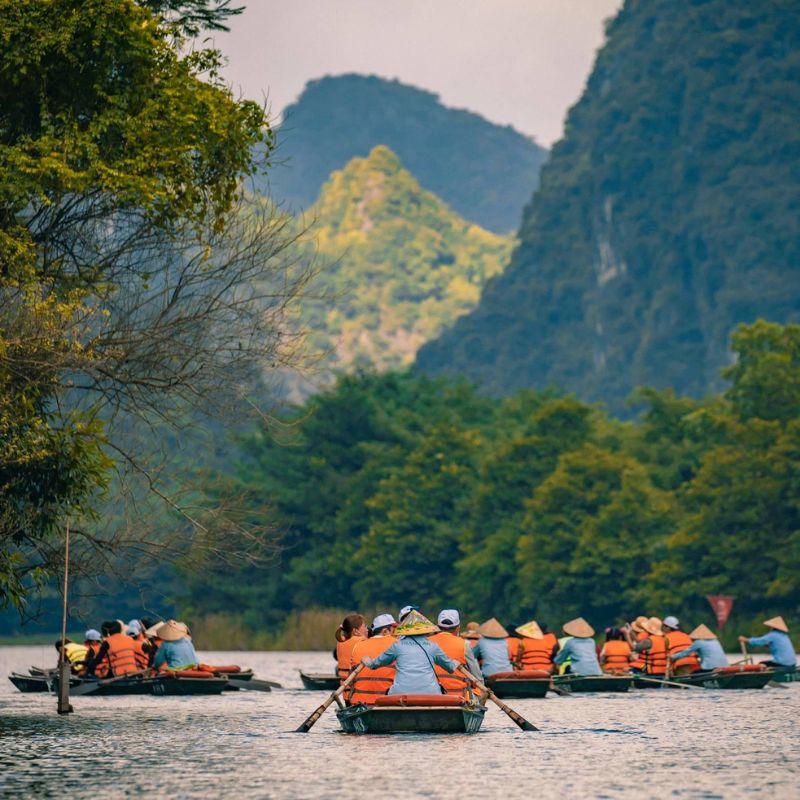
Traditional Markets: Ha Giang is famous for its vibrant and colorful traditional markets, which are not only trading centers but also social hubs for the local ethnic communities. Markets like the Dong Van Sunday Market and the Meo Vac Market are bustling with activity, offering a range of local products, from handcrafted textiles to regional delicacies. These markets are also cultural melting pots where different ethnic groups, each with their unique traditional attire, come together, making them an excellent place for cultural immersion and photography.
Hoang Su Phi Rice Terraces: Although slightly off the beaten path, the Hoang Su Phi district in Ha Giang is renowned for its stunning rice terraces. These terraces, carved into the mountainsides, create a breathtaking landscape that changes color with the seasons. The best time to visit is during the planting season in spring or when the rice is ripe for harvest in autumn, presenting a vivid green or golden yellow spectacle, respectively. The area not only offers spectacular views but also provides a glimpse into the agricultural practices and rural life of the local communities.
Ninh Binh
Trang An Scenic Landscape Complex: A UNESCO World Heritage site, the Trang An Scenic Landscape Complex is a spectacular area characterized by karst peaks and valleys, many of which are submerged, creating a unique aquatic landscape. Visitors can take boat tours to navigate the scenic river system, pass through caves, and explore ancient temples located along the riverbanks. This area is famous for its natural beauty and its significant cultural and historical value.
Tam Coc-Bich Dong: Often described as “Halong Bay on Land,” Tam Coc-Bich Dong is a region where visitors can enjoy a serene boat ride along the Ngo Dong River, passing through three natural caves (Tam Coc) and observing the stunning, rice fields bordered by limestone mountains. The Bich Dong Pagoda, a series of temples built into a limestone hillside, is a short distance away and offers a serene and spiritual experience.
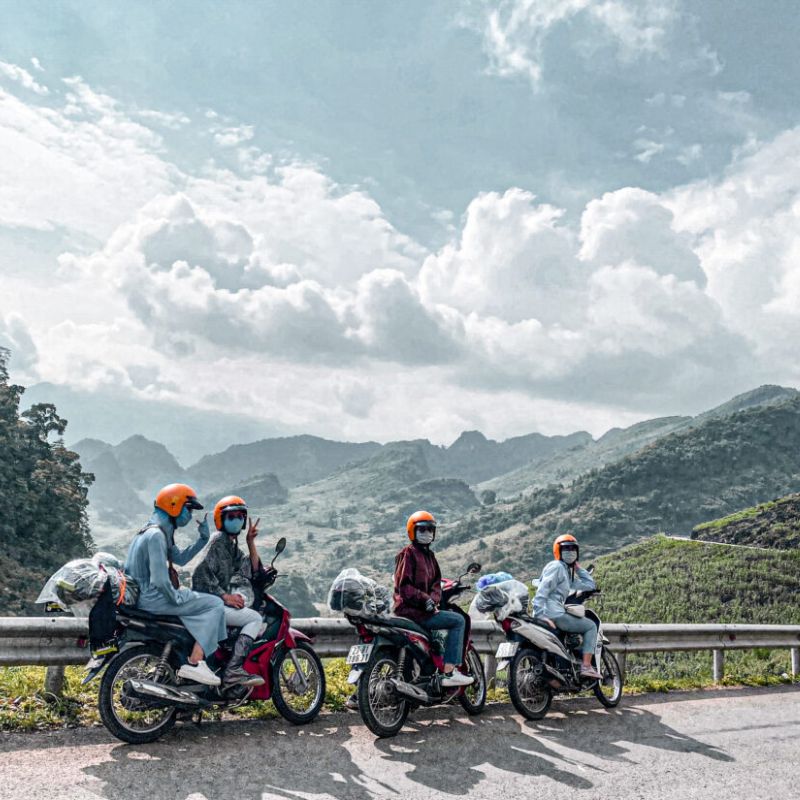
Hoa Lu Ancient Capital: As the ancient capital of Vietnam in the 10th and 11th centuries, Hoa Lu holds immense historical significance. The site contains the remains of the ancient royal palaces and is surrounded by a stunning natural landscape. Although much of the ancient city no longer exists, the temples dedicated to Emperor Dinh Tien Hoang and Emperor Le Dai Hanh provide a glimpse into the country’s past.
Bai Dinh Pagoda: Bai Dinh is the largest Buddhist temple complex in Vietnam and is known for its record-setting statues and buildings. The complex, a mix of old and new pagoda structures, includes the largest bronze Buddha statue in Southeast Asia and the longest corridor of Arhat statues. This spiritual destination is not only a site of religious pilgrimage but also offers insight into Buddhist architectural and artistic traditions in Vietnam.
Mua Cave: Mua Cave is a relatively recent addition to Ninh Binh’s tourist map but has quickly become a favorite spot for visitors. After climbing about 500 stone steps flanked by dragon statues, visitors are rewarded with a panoramic view of the Ninh Binh landscape, including the Tam Coc River and rice fields. The view from the top, especially during sunrise or sunset, is spectacular and provides an unmatched vantage point to observe the beauty of the region.
Tourism Experience
Ha Giang
The tourism experience in Ha Giang is distinctly marked by adventure, cultural immersion, and natural beauty. This remote province offers an escape into some of Vietnam’s most spectacular landscapes, making it a paradise for those seeking adventure and off-the-beaten-path experiences. The rugged terrain and winding roads of Ha Giang are ideal for motorbike tours, a popular activity that allows visitors to fully embrace the region’s scenic beauty at their own pace. These motorbike journeys often become a highlight for travelers, offering a sense of freedom and adventure unparalleled in more urban environments.

Cultural immersion is another key aspect of the Ha Giang tourism experience. The province is home to a variety of ethnic minority groups, each with their unique customs, festivals, and lifestyles. Staying in local homestays provides an authentic glimpse into the lives of these communities. Visitors can participate in local traditions, enjoy ethnic cuisine, and learn about the distinct cultures that make Ha Giang unique. This cultural exchange enriches the travel experience, fostering a deeper understanding and appreciation of Vietnam’s diverse cultural tapestry.
However, visitors should be prepared for a more rugged experience in Ha Giang. The tourism infrastructure, while improving, remains basic, and amenities that are common in more developed destinations may not always be available. This lack of development, though, is part of what makes Ha Giang so appealing to those looking for a more authentic and less commercialized travel experience.
Ninh Binh
In contrast to the rugged and adventurous allure of Ha Giang, Ninh Binh offers a more relaxed and accessible tourism experience, making it suitable for a wide range of travelers, including families, couples, and solo travelers. The region is known for its stunning natural landscapes, which are often compared to the famous Halong Bay but are accessible by land. The serene beauty of Ninh Binh is best enjoyed through leisurely activities like boat tours along the rivers, cycling through the countryside, or exploring its historical sites.
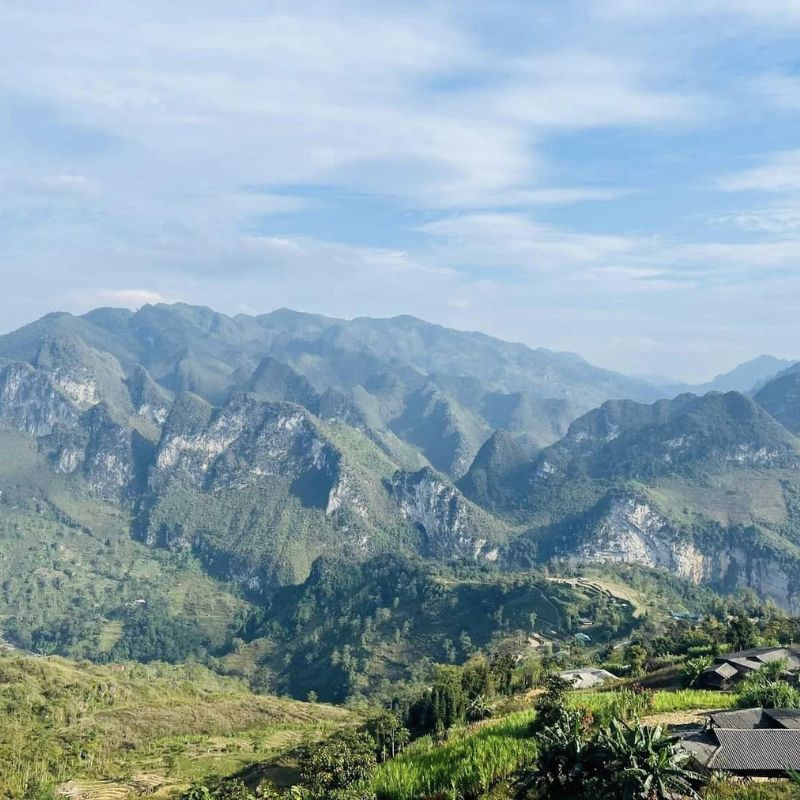
Boat tours in areas like Trang An and Tam Coc are a must-do in Ninh Binh. These tours take visitors through tranquil waterways, surrounded by limestone karsts and lush rice fields. The experience is both peaceful and visually stunning, offering opportunities to observe local wildlife and visit ancient temples nestled among the karsts.
Cycling is another popular activity in Ninh Binh, thanks to the flat terrain and scenic routes that wind through villages, rice paddies, and along riverbanks. It’s an ideal way to explore at a leisurely pace and connect with the local landscape and culture. Many hotels and guesthouses offer bike rentals, making it easy for visitors to set off on their own explorations.
For those interested in history and culture, Ninh Binh doesn’t disappoint. The ancient capital of Hoa Lu, the impressive Bai Dinh Pagoda, and the various temples and pagodas scattered throughout the region offer insights into Vietnam’s past and its religious practices. These sites provide a peaceful and reflective experience, contrasting with the more physically demanding activities available in Ha Giang.
Conclusion
Ha Giang vs Ninh Binh, each with its unique charm and attractions, epitomizes the diversity of Vietnam’s travel destinations. Ha Giang, with its untamed landscapes and rich ethnic culture, is a haven for those seeking adventure and cultural immersion in one of Vietnam’s most remote regions. Its challenging terrain and simpler tourism infrastructure cater to the more intrepid traveler. On the other hand, Ninh Binh’s easily accessible, tranquil, and historically rich landscape offers a more relaxed and family-friendly environment. It serves as a perfect retreat for those who wish to experience Vietnam’s natural beauty and historical heritage without venturing too far off the beaten path.
Ha Giang vs Ninh Binh FAQs
Is it easy to travel from Hanoi to Ha Giang and Ninh Binh?
Traveling from Hanoi to Ha Giang and Ninh Binh varies significantly in terms of distance and travel time. Ha Giang, known for its remote location in the far north of Vietnam, is about a 6-8 hour journey by road from Hanoi. The travel can be an adventure in itself, as it takes you through some scenic landscapes, but it’s a longer and more challenging trip compared to most other tourist destinations from the capital.
On the other hand, Ninh Binh is much more accessible due to its proximity to Hanoi. Located just about 100 kilometers south of Hanoi, it can be reached in approximately 2-3 hours by bus, car, or train, making it an ideal destination for shorter trips or weekend getaways. This ease of access and shorter travel time makes Ninh Binh a convenient choice for those looking to experience Vietnam’s natural beauty and historical sites without venturing too far from the capital.
Are there any language barriers for travelers in Ha Giang and Ninh Binh?
Travelers in Ha Giang and Ninh Binh may encounter varying levels of language barriers. In Ha Giang, the prevalence of ethnic minorities and its remote nature mean that English is less commonly spoken, especially in rural and remote areas. This can present a challenge for travelers who do not speak Vietnamese. However, in the main tourist areas and through local tour guides, communication in English is often possible.
In contrast, Ninh Binh, being a more popular tourist destination and closer to the capital, has a higher prevalence of English speakers, especially in areas frequented by international tourists. Restaurants, hotels, and tourist attractions in Ninh Binh are more likely to have staff who can communicate in English, making it generally easier for travelers to navigate and interact with locals.
What are the must-try foods in Ha Giang and Ninh Binh?
In Ha Giang, the culinary experience is deeply intertwined with its ethnic diversity. Must-try foods include “Thang Co,” a traditional Hmong horse meat soup rich in flavor, and “Men Men,” a staple made from steamed corn flour. Also, don’t miss the opportunity to try the locally produced honey and the distinctively flavored buckwheat cakes.
Ninh Binh’s cuisine is famed for its “Goat Meat,” which is often served grilled or stir-fried and is known for its tenderness and unique taste, often attributed to the goats’ diet of limestone herbs. Another specialty is “Com Chay” (burnt rice) – crispy rice crusts typically served with a dipping sauce and often accompanied by goat meat. These dishes not only offer a taste of local flavors but also reflect the cultural and agricultural practices of each region.
How long should I spend in Ha Giang and Ninh Binh?
The ideal duration for a visit to Ha Giang and Ninh Binh depends on the depth of exploration you desire. In Ha Giang, a minimum of 3 to 4 days is recommended to truly immerse yourself in its breathtaking landscapes and vibrant ethnic culture, especially if you plan to undertake the famous Ha Giang Loop by motorbike. However, extending your stay to a week allows for a more leisurely pace and the opportunity to delve deeper into remote areas and local traditions.
For Ninh Binh, a shorter stay of 2 to 3 days is typically sufficient to cover its key attractions, including boat trips in Trang An or Tam Coc, visits to ancient temples, and leisurely bike rides through the scenic countryside. Ninh Binh’s compact size and the concentration of its sights make it an ideal destination for a quick yet fulfilling getaway.
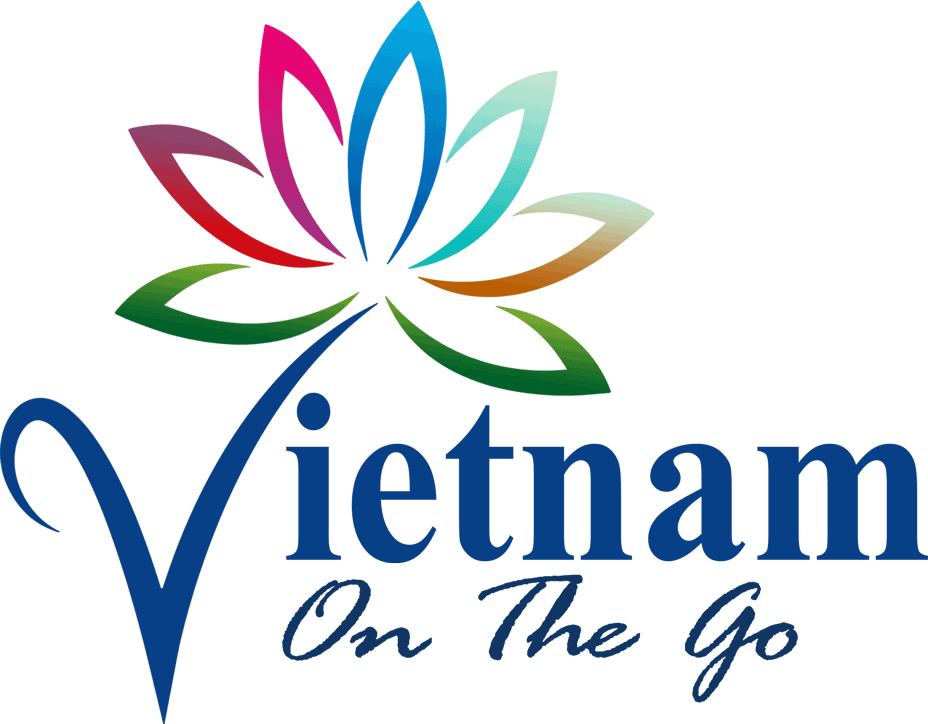
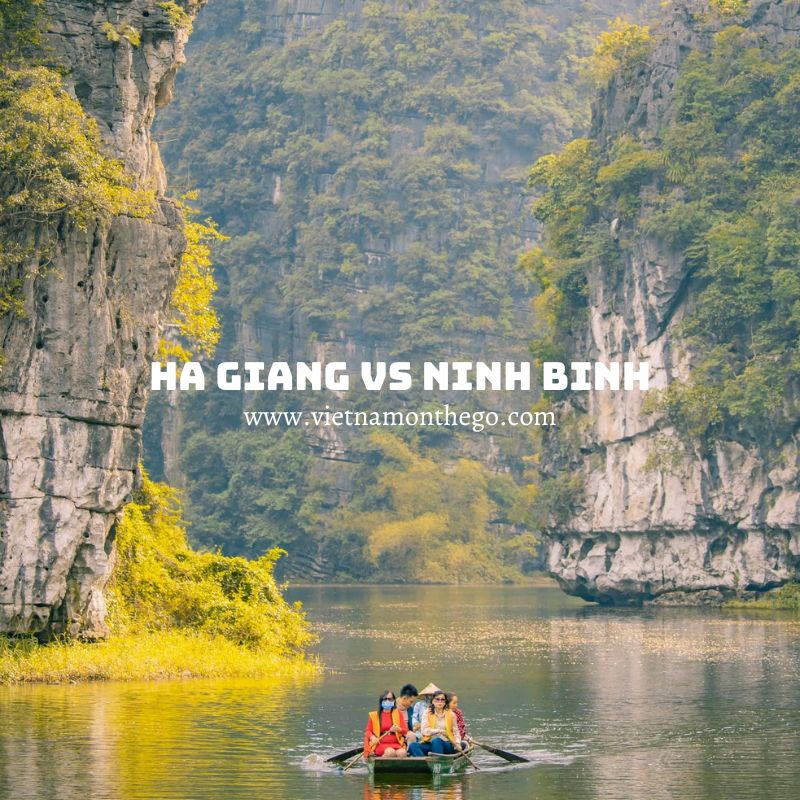
![[3 DAYS 4 NIGHTS] Ha Giang Loop Motorbike Tour from Hanoi](https://vietnamonthego.com/wp-content/uploads/2024/03/ha-giang-loop-tour-6-300x300.jpg)
![[4 DAYS 5 NIGHTS] Ha Giang Loop Motorbike Tour from Hanoi](https://vietnamonthego.com/wp-content/uploads/2024/03/ha-giang-loop-tour-300x300.jpg)